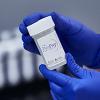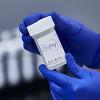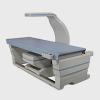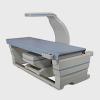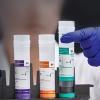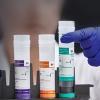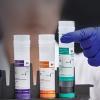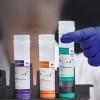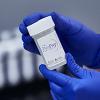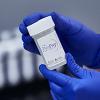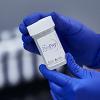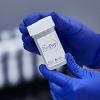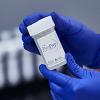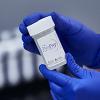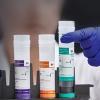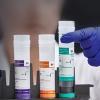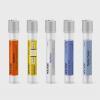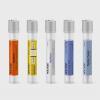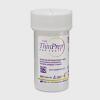The Molecular Diagnostics Revolution & its Impact on Personalized Care
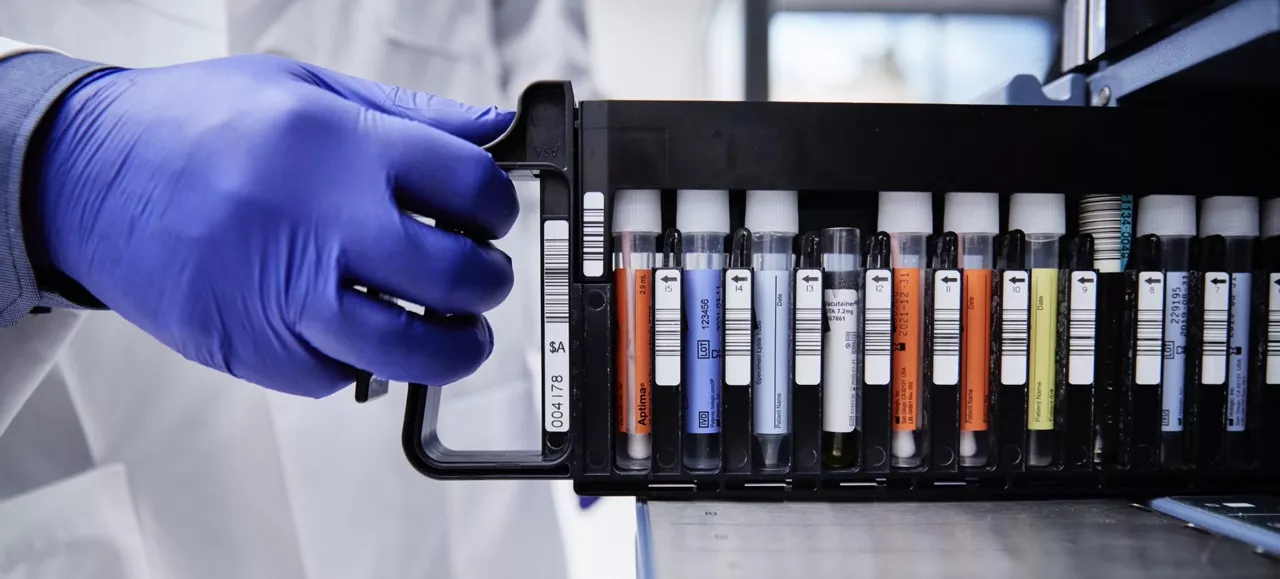
Molecular diagnostics is not an emerging technology, the first tests were developed some decades ago. However, the COVID-19 pandemic has seen an accelerated rate of adoption, with terminology such as ‘PCR-testing’ and ‘mRNA’ becoming well-known to households all over the world. With this increased profile, it is now time to capitalize on the investments made in the past few years and review traditional testing methods.
There are some clear areas where conventional testing is cumbersome and places heavy demand on a skilled workforce, which is not able to expand quickly enough to keep pace with a growing workload. One such example is bacterial vaginosis. The traditional gold standard has been a Gram stain, which is then assessed against the Nugent scoring system. This is a laborious process that relies on an experienced technician to form a subjective diagnosis.1 In recent years, we have seen customers adopt molecular testing to introduce objectivity and crucially, to deliver the same or increased volume with a lower demand on staff time.2
One of the most promising opportunities with molecular testing is to consider how it can be applied to personalized medicine – that is how it can go beyond diagnosis and move towards prognosis, providing crucial information to inform the correct clinical pathway for each individual patient. It is also a key ingredient in the development of more targeted therapies, particularly in oncology.
Caza M, Charles M, Locher K, et al. Evaluation of the Aptima BV and CV/TV assays compared to conventional laboratory based testing methods for the diagnosis of vaginitis. Diagnostics Microbiology and Infectious Disease. 2023 Apr 26;106(4):115953.doi: 10.1016/j.diagmicrobio.2023.115953.
Hologic data on file. ADS-03729-FRA-FR Rev 001





